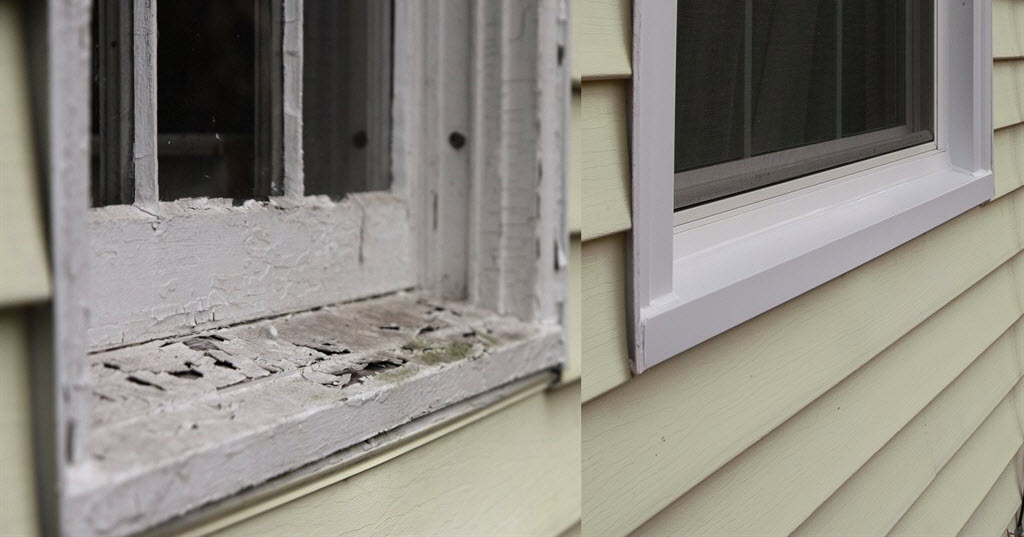In recent years, designers have increasingly turned to windows as a central design element in the home, recognizing their potential to reshape the way spaces are experienced. The window is no longer just a functional feature; it has evolved into an architectural focal point that can dramatically alter the aesthetic and feel of a room. This shift has been fueled by a desire to connect indoor spaces with the natural world outside, blurring the boundaries between architecture and nature. The simple act of framing a view can transform a space into something much more dynamic and immersive. One of the most compelling reasons for this design shift is the increasing focus on natural light. Designers understand that light plays a crucial role in shaping the atmosphere of a room. With large, strategically placed windows, homes can be flooded with sunlight, which not only enhances the ambiance but also has numerous psychological benefits.

Exposure to natural light has been shown to improve mood, boost productivity, and regulate circadian rhythms, making it an essential element in creating healthier and more inviting living spaces. By maximizing the use of windows, designers can harness the full potential of daylight, creating environments that feel open, airy, and full of life. Incorporating windows as a design focal point also allows homeowners to take full advantage of their surroundings. Whether overlooking a garden, a city skyline, or a stunning natural landscape, click to read more windows offer a unique opportunity to bring the outside world into the home. The view can become an integral part of the interior design, influencing everything from the choice of furniture to the color palette and layout. Large windows that frame breathtaking views can make a room feel more expansive, blurring the lines between interior and exterior and fostering a sense of connection with nature. Beyond their functional benefits, windows also offer a versatile aesthetic element.
From sleek, modern designs to more traditional, ornate styles, windows can be customized to complement a variety of interior themes. Designers are experimenting with different window shapes, sizes, and materials to create unique, eye-catching features that become conversation starters. Whether it is a floor-to-ceiling window or a strategically placed corner window, these elements can act as a stunning visual statement that elevates the overall design of a room. Windows also offer an opportunity for creativity when it comes to incorporating other design elements. For instance, the frame and surrounding architecture can be used to complement the window’s natural beauty. Designers may incorporate window treatments, like elegant drapes or minimal blinds, to enhance the window’s presence while also providing practical benefits like privacy and light control. The interaction between the window and other architectural features, such as arches, columns, or exposed beams, can further emphasize the window as a focal point within the space.

